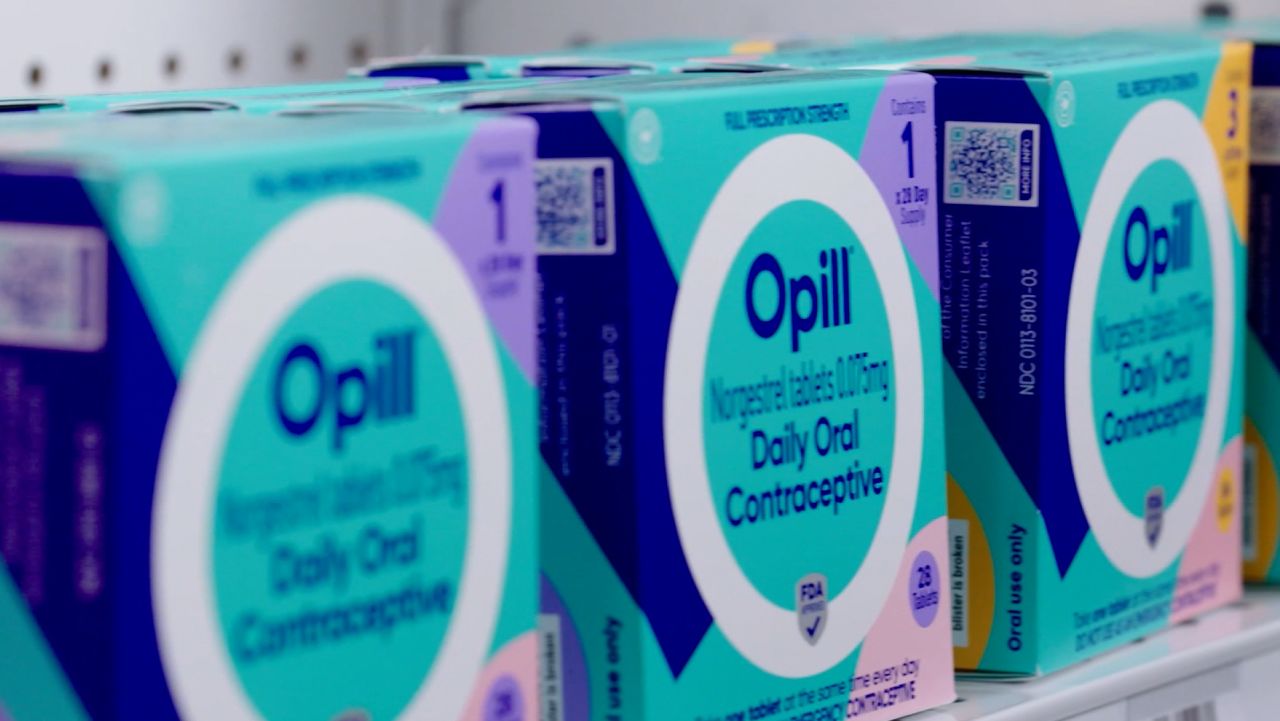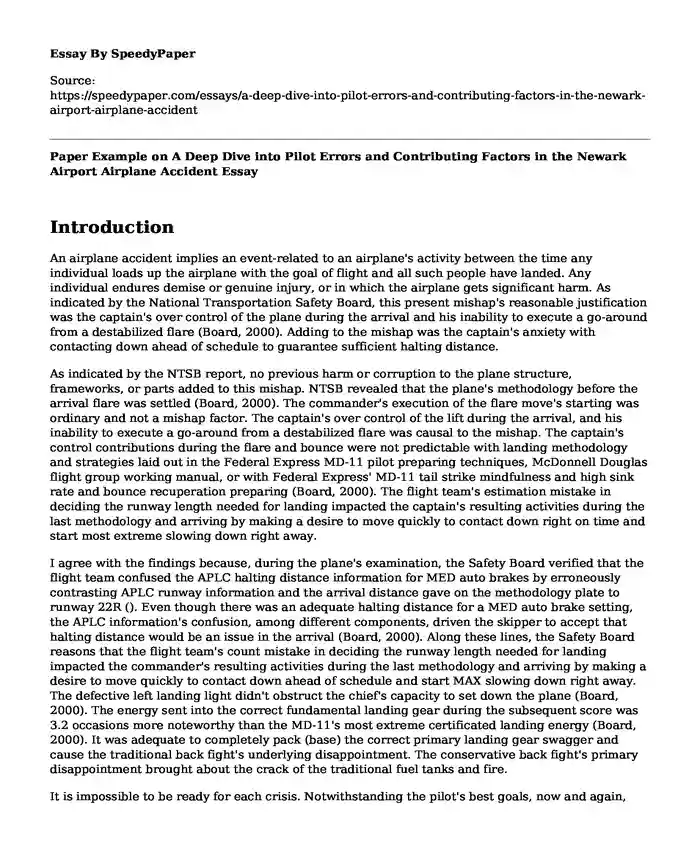The Rise Of OTC Birth Control: Implications For Women's Health Post-Roe

Table of Contents
Increased Access and Convenience
The increased availability of OTC birth control presents significant advantages in terms of access and convenience, particularly for women who previously faced barriers to obtaining prescription contraception.
Breaking Down Barriers to Access
Geographical limitations to healthcare access disproportionately affect women in rural areas and underserved communities. Long distances to clinics, limited appointment availability, and lack of transportation significantly hinder access to reproductive healthcare services, including prescription birth control. OTC birth control mitigates these issues:
- Reduced reliance on appointments: No more scheduling doctor's visits or navigating complex appointment systems.
- Elimination of transportation barriers: Access is no longer limited by distance or the ability to travel to a clinic.
- Increased privacy: Purchasing OTC birth control offers greater privacy compared to obtaining a prescription.
For example, states like Mississippi and West Virginia, which have historically struggled with limited access to healthcare providers, could see substantial improvements in contraceptive access with the wider availability of OTC birth control. This increased convenience translates directly to improved reproductive health outcomes.
Cost Considerations and Affordability
Cost is a major barrier to accessing contraception. While the price of OTC birth control will vary depending on the brand and type, it's expected that many options will be more affordable than prescription methods, especially over time. This is particularly true for women without health insurance or those with high deductibles.
- Comparison of costs with prescription methods: Direct price comparisons between OTC and prescription options need to be studied to better understand the true cost savings.
- Potential cost savings over time: The cumulative cost of regular prescription visits could exceed the cost of purchasing multiple months' supply of OTC birth control.
- Discussion of generic options: The availability of generic OTC birth control pills will be vital to ensure affordability for low-income women.
Existing and proposed legislation regarding subsidies or insurance coverage for OTC birth control will play a critical role in determining its overall affordability and accessibility. Government initiatives designed to reduce out-of-pocket costs could further enhance the positive impact of OTC birth control.
Impact on Women's Health Literacy and Decision-Making
The increased accessibility of OTC birth control offers a unique opportunity to improve women's health literacy and empower them to make informed decisions about their reproductive health.
Empowering Informed Choices
Readily available information and education surrounding OTC birth control are crucial for empowering women to make informed choices. This includes:
- Importance of clear labeling and instructions: Clear, concise, and easily understandable packaging is essential to ensure proper use.
- Increased access to educational resources: Reliable online and offline resources can provide crucial information about different contraceptive methods, their effectiveness, and potential side effects.
- Role of telehealth platforms: Telehealth consultations can provide a convenient way to ask questions and receive guidance from healthcare professionals.
However, the ease of access to information also necessitates caution. The proliferation of misleading information online underscores the importance of directing women toward reliable sources like the FDA website and reputable health organizations.
Addressing Misconceptions and Concerns
Many misconceptions surround various types of birth control, hindering informed decision-making. Addressing these myths and concerns is critical to ensuring safe and effective use:
- Addressing myths about hormonal birth control: Debunking false narratives about weight gain, mood changes, or other potential side effects is crucial.
- Highlighting the importance of following instructions: Emphasizing the need for adherence to dosage and usage instructions is paramount.
- Emphasizing the need for ongoing healthcare monitoring: While OTC birth control offers convenience, regular check-ups with healthcare providers remain important for monitoring health and addressing any potential concerns.
By proactively addressing these concerns and providing accurate information, we can ensure women make informed choices based on facts, not unfounded fears.
Potential Challenges and Limitations of OTC Birth Control
While the widespread availability of OTC birth control offers significant benefits, potential challenges and limitations require careful consideration.
Concerns Regarding Self-Selection and Misuse
The potential for inappropriate use of OTC birth control, including incorrect dosage or interaction with other medications, needs to be addressed.
- Risk of incorrect dosage: Clear and concise instructions are crucial to avoid potential adverse effects from incorrect dosage.
- Potential for interactions with other medications: Women should be advised to consult with a healthcare provider or pharmacist regarding potential drug interactions.
- Importance of proper disposal: Instructions for proper disposal of used contraceptive methods are necessary to protect the environment and prevent accidental ingestion.
Pharmacists can play a critical role in providing guidance and education, ensuring patients understand the proper use and potential risks associated with OTC birth control.
Ensuring Equity and Inclusivity
Disparities in access to healthcare based on race, socioeconomic status, and geographic location could exacerbate existing inequities if not addressed proactively.
- Addressing health literacy disparities: Education must be tailored to address the specific needs of different communities.
- Overcoming language barriers: Materials and resources must be available in multiple languages.
- Ensuring affordability for all women: Government subsidies and insurance coverage are essential for ensuring equitable access.
Targeted community outreach programs and culturally sensitive education materials can play a vital role in bridging these gaps and ensuring that all women benefit from the availability of OTC birth control.
Conclusion
The rise of OTC birth control presents both opportunities and challenges for women's health in a post-Roe America. Increased access and convenience have the potential to significantly improve reproductive autonomy, empower informed decision-making, and promote better health outcomes. However, addressing concerns regarding self-selection, misuse, and equitable access is crucial to ensuring that this development benefits all women. Continued advocacy for affordable and accessible OTC birth control, coupled with comprehensive education and support services, is essential to maximizing the positive impact of this significant shift in reproductive healthcare. Let's work together to ensure every woman has access to the information and resources she needs to make informed choices about her own reproductive health and utilize the benefits of readily available OTC birth control.

Featured Posts
-
 Apprendre A Ecrire Comme Agatha Christie Grace A L Intelligence Artificielle
May 20, 2025
Apprendre A Ecrire Comme Agatha Christie Grace A L Intelligence Artificielle
May 20, 2025 -
 Valmennusmuutos Huuhkajissa Mm Karsinnat Alkavat
May 20, 2025
Valmennusmuutos Huuhkajissa Mm Karsinnat Alkavat
May 20, 2025 -
 Femicide A Deep Dive Into The Statistics And Contributing Factors
May 20, 2025
Femicide A Deep Dive Into The Statistics And Contributing Factors
May 20, 2025 -
 Wwe Raw May 19 2025 Highlights And Lowlights
May 20, 2025
Wwe Raw May 19 2025 Highlights And Lowlights
May 20, 2025 -
 Ghana Cote D Ivoire Visite De Travail Et D Amitie Du President Mahama A Abidjan
May 20, 2025
Ghana Cote D Ivoire Visite De Travail Et D Amitie Du President Mahama A Abidjan
May 20, 2025
